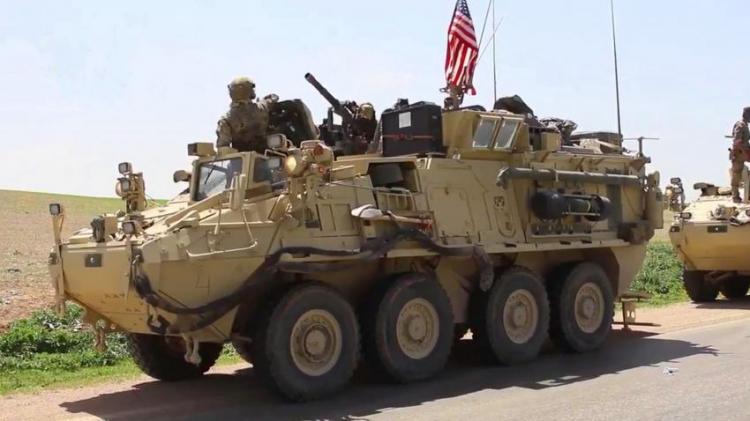US Analysts: The US forces withdrawal from northeastern Syria threatens the return of ISIS
Washington DC – North-Press Agency
In an interview with Fox News last week, the US President Donald Trump clarified his position regarding keeping some US troops in Syria, he said: “In Syria, we’ve defeated the Caliphate, now when you say Caliphate and defeat, the Caliphate’s land, it’s an area we’ve taken back a hundred percent, but these people, ISIS, they’re stone cold crazy, so that doesn’t mean somebody is not going to walk into a store and blow up a store, which they do.”
In the same context, the United States Special Representative for Syria Engagement James Jeffrey stated they’re still waiting for a response from the Global Coalition member-countries in order to contribute in various forms in post-ISIS territories.

While Michael O’Hanlon, a senior fellow specializing in defense and foreign policy issues at The Brookings Institution, believes it’s realistic to think of the consequences of stopping the US support for Syria’s democratic forces (SDF) as an effective forces to fight against the Islamic State group, such as risking the return of ISIS sleeper cells for revenge and retaliation, and to make Iran and the Syrian government as occupiers of the territories which were retaken by the US-led Global Coalition and the allied forces from the terrorist group.
“There’s still no acceptable compromises for the US partners, that’s why Washington is listening to Turkey’s concerns and is closely monitoring the Kurdish moves on the border without giving up its support, where the modest presence of the US troops achieves this balance,” Dr. O’Hanlon told North-Press.
For her part, the senior fellow at the Center for Strategic and International Studies (CSIS) Melissa Dalton wrote that the United States is the backbone of the Global Coalition against ISIS, as It’s futile to continue searching for someone to conduct the US forces mission.
Dalton says: “The possibility of the return of ISIS is under scrutiny, where the group publishes propaganda and exploits the conditions, where people feel oppressed as the group tries to restore the ability to seize lands, which had happened before its spread in 2014.
According to a recent report released by The Institute for the Study of War (ISW), indicates the Islamic State group had up to 30 thousand fighters in Iraq and Syria in 2018, at the time of the US decision of withdrawal, a much larger number than al-Qaeda had at the time of the US withdrawal from Iraq in 2011, where about a thousand of al-Qaeda fighters were remained, in which it makes the possibility of ISIS return much greater, especially with the process of gradual withdrawal by a number of ISIS militants during the fall of the caliphate, which took place in a silent spread in the form of underground cells preparing for leading a rebellion movement, which it still enjoys a network of financial and weaponry support.

